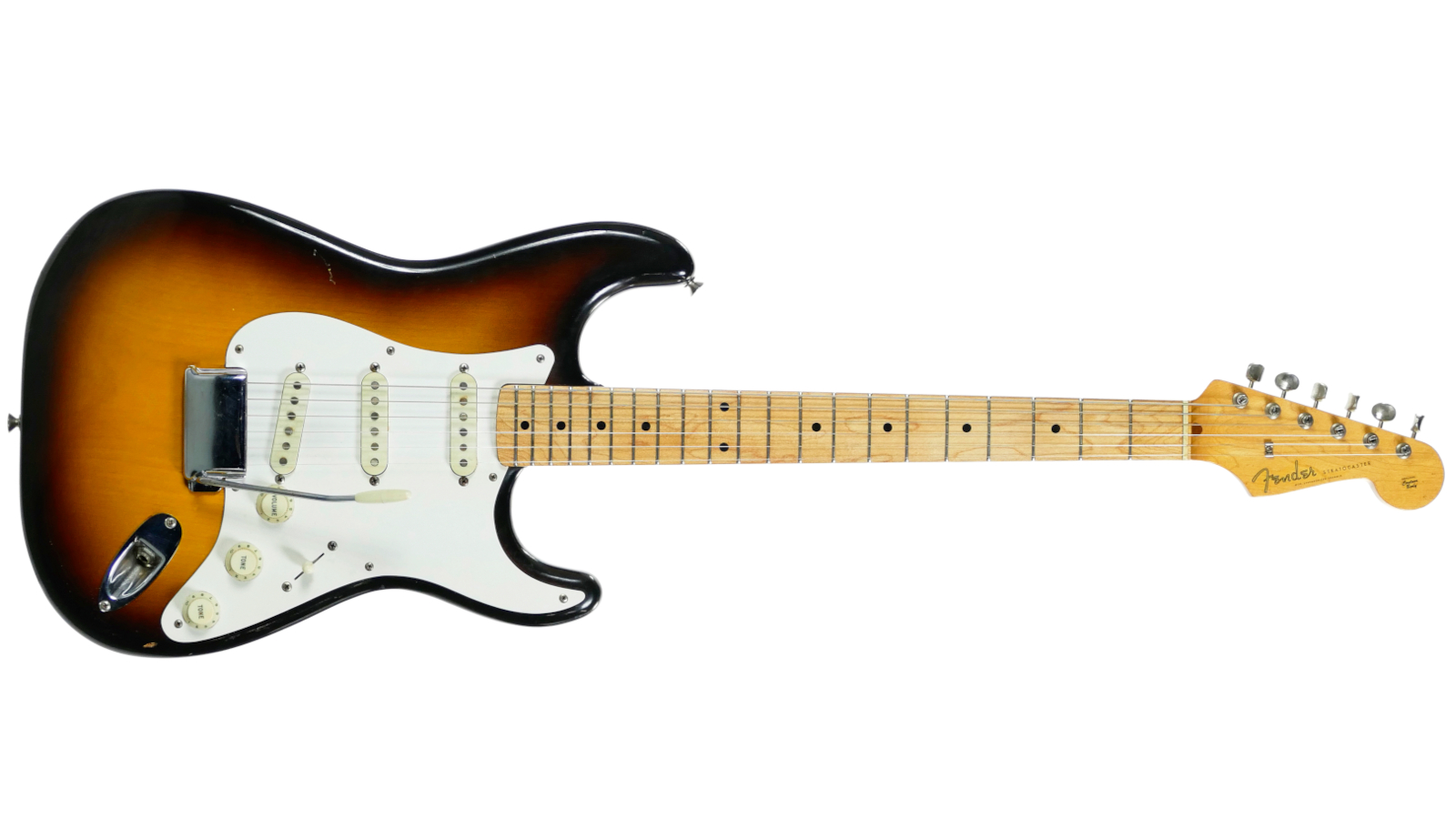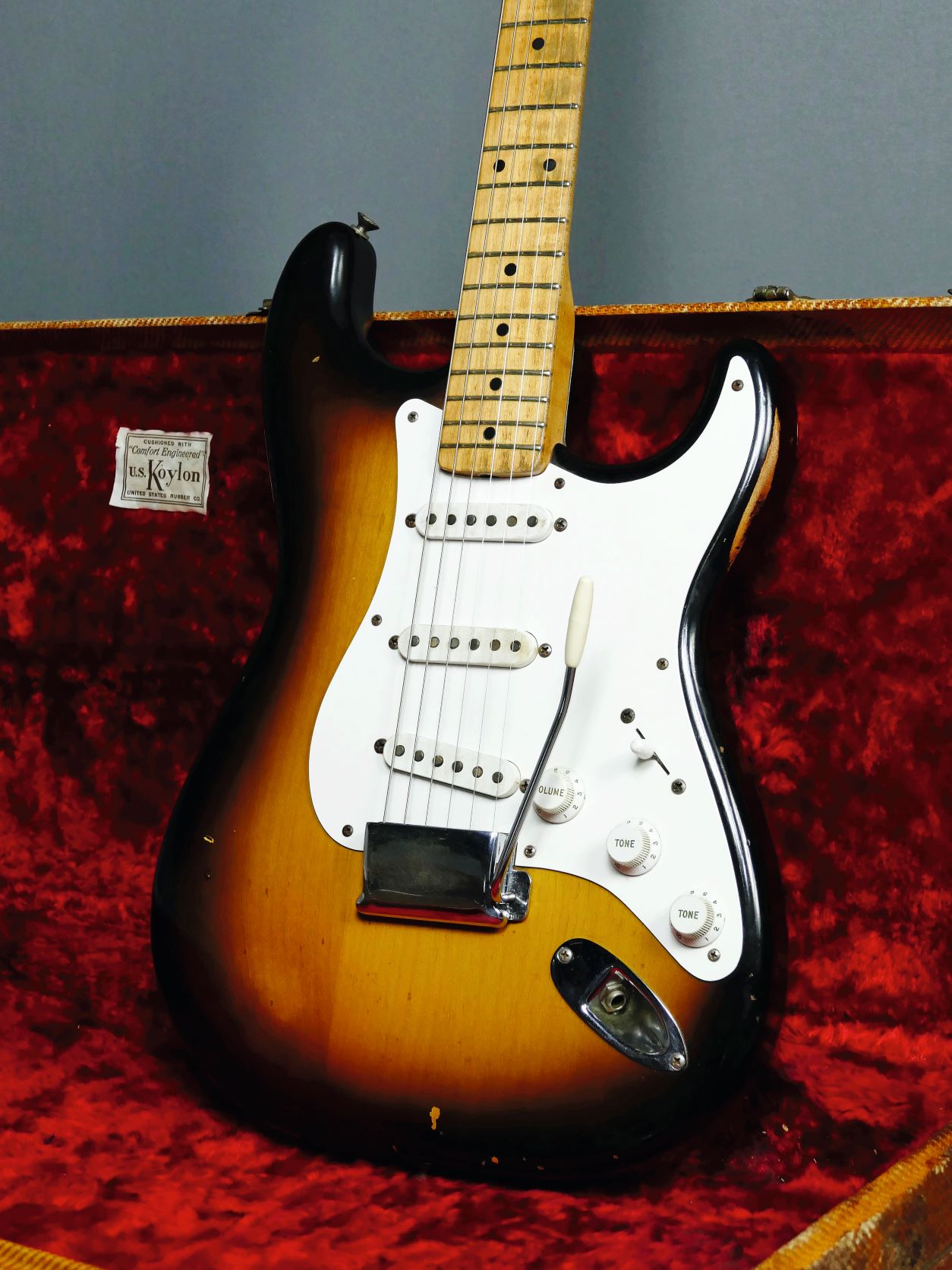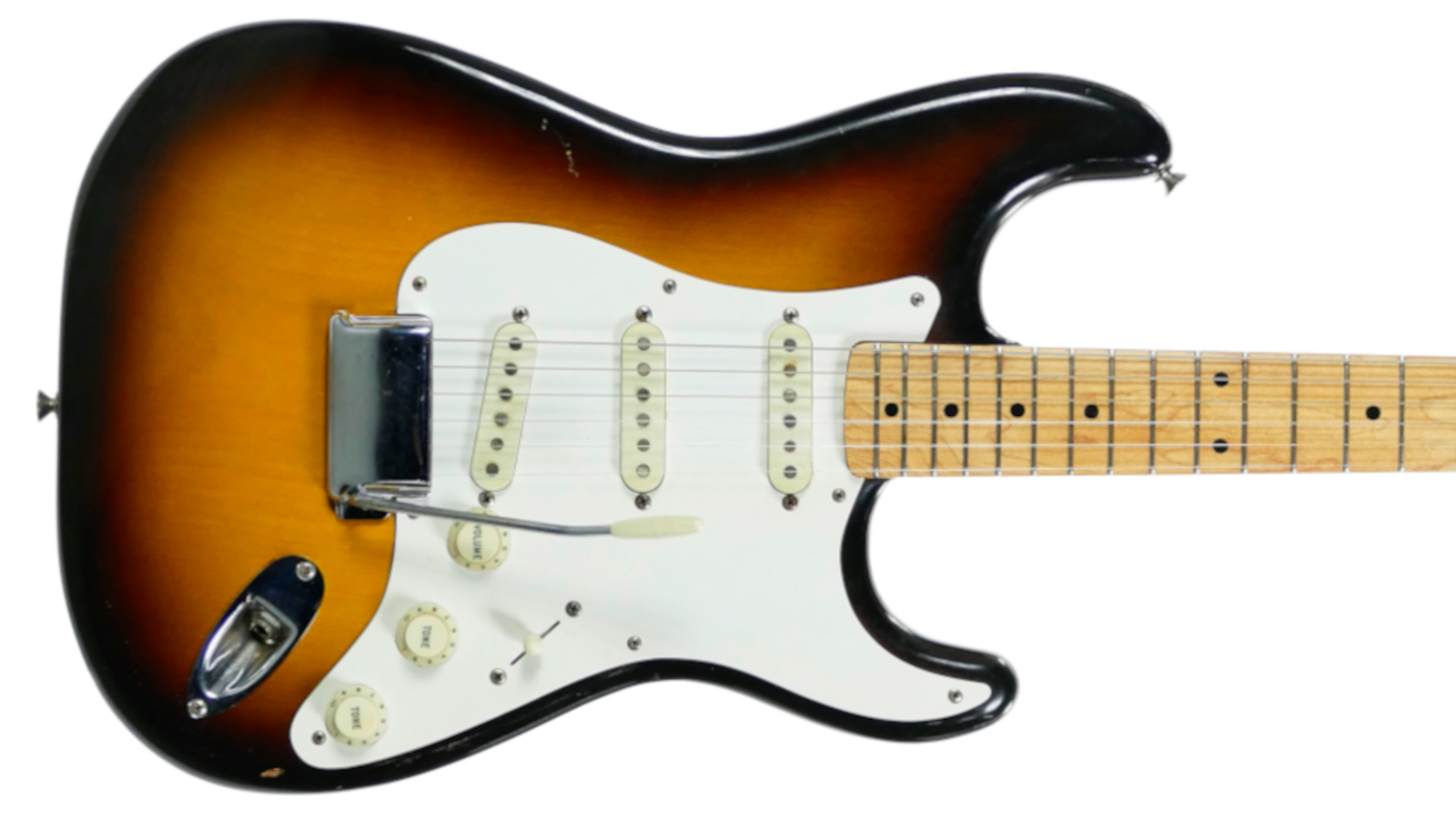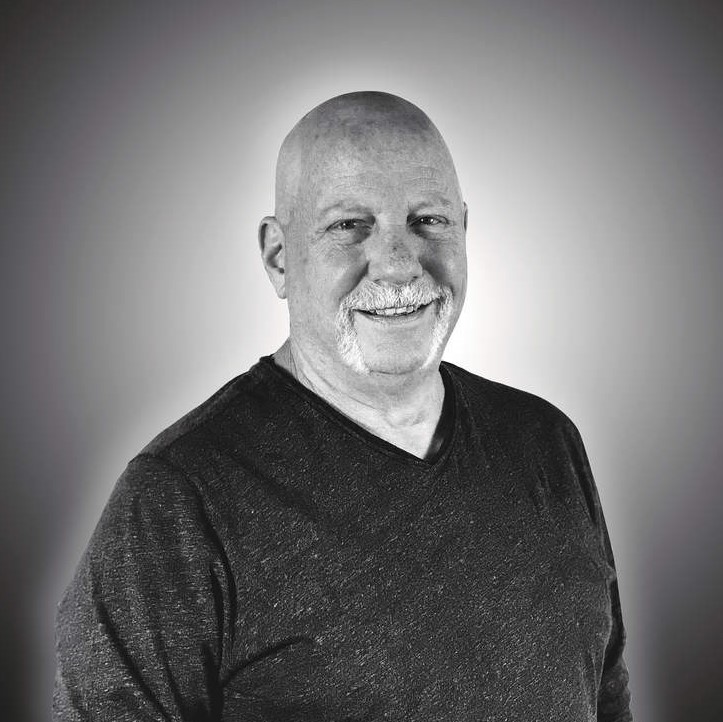Here’s Why People Love the 1957 Fender Stratocaster
Veteran vintage guitar dealer David Davidson explains why he considers these Strats to be among the best ever made.

When I was a kid, my first feeling of ‘I really need to own one of those electric guitars!’ was when I looked at a photo of a Stratocaster. It was sexy and curvy, and the itch was beyond control. I thought, ‘That’s what I want to hold.’
Fender just hit it out of the park when they made the first Strat. Sonically, I’ve always liked ’54 and ’55 Strats the most. I love the sound of ash-body Strats and I’ve found the heavier, thicker necks provide more sustain.
For some guys, like Eric Johnson, ’54 is the year. One good thing about vintage guitars is that they’re all snowflakes – each one is special and different. You have to find the one that scratches the itch, man! It’s all about the quest.
Even though the ’54 Strat is a wonderful instrument out of the box, things are a little more refined a few years down the line in ’57. It’s a bit like the Tele: by the time you get to ’53, it’s more refined and consistent.
There are three Stratocaster years that seem to always stick out: ’54 (because it’s the first year), ’57 and ’62.
I love the ’57 V-neck. Fender used ’57 as their flagship maple-neck reissue Strat in the early '80s, alongside the reissue rosewood-’board ’62. They weren’t perfect, but the ’57 and ’62 reissues were far superior to the regular Stratocasters they were making at the time. They were the foundation of what kept Fender in business.

’57 Strats represent a perfect storm. By then, Fender had started to phase out the Bakelite parts and they had switched to using alder [from mid-’56], which was cheaper, more plentiful and lighter.
Get The Pick Newsletter
All the latest guitar news, interviews, lessons, reviews, deals and more, direct to your inbox!
’57 sunbursts have one of the sweeter looks. There’s a beautiful burnt amber tone to them that I like. If they needed to cover something up, they might blow a little more around the edge, but by then Fender had gotten to a point where they were able to get the lacquer really thin.
’57 Strats represent a perfect storm
David Davidson
If you look at a ’54, the paint is thicker on the body and neck. Also, the ’54 neck profile is fuller with more of a U shape, which was a bit of a hindrance for some players.
I’ve seen V-necks as early as ’55, albeit with a subtler, softer V, but by late ’56 they really started getting that harder V-neck shape into play. The V neck tended to be very pronounced in early 1957, and by late 1957 they had changed to the more standard C shape you see on a ’58.
A lot of people really love the ’56/’57 V neck because you can place your thumb below or above it – it gives you that center point for hand positioning that a lot of pros really like.
The maple V neck is something that really stuck for Clapton, as per his famed guitars Brownie and Blackie. When an artist is using a tool, they might want to make that tool their own, and he really did like the feel of a V neck.
’57 sunbursts have one of the sweeter looks
David Davidson
The Stratocaster has a great woody tone, especially that neck pickup. Due to the Strat’s design, you can find those sweet in-between spots and get an out-of-phase tone.
Clapton popularized that sound early on – that’s why everyone rushed to get five-way switches installed – and then Fender themselves eventually changed the switch [in 1977].
In the early days, Fender would give guitars to local musicians to play and give feedback on directly. It was a case of, ‘What would you change? Is the neck too big or too small? Is the belly cut deep enough? Is the arm cut deep enough?’ Back then, Fender were always looking for improvements.
I love the ’57 V-neck
David Davidson
There was fierce competition between Gibson and Fender. Unfortunately, Gibsons were sometimes seen as old man’s guitars, while Fenders were seen as toys, and that was probably something Leo Fender didn’t like. He was constantly tinkering, so he fancied the guitars up while trying to get the perfect look.
I believe Leo thought a three-tone sunburst would be fancy – like putting binding on Custom Esquire and Tele bodies, or on Jaguar and Jazzmaster necks later on – but a lot things went wrong with the finish when they went to the three-tone sunburst in ’58. I think they had it right in ’57.

These guitars are really special and were made at a very specific time in American history. Most of the people who built these guitars in the 50s were part of that generation who put the same effort into their jobs as they did during World War II.
People were happier because they had more free time and they went to work with a little more optimism. They enjoyed their jobs and took a lot of pride in their workmanship.
It’s important to keep educating the younger generations about what a wonderful time this was in American guitar making.

David Davidson owns Well Strung Guitars in Farmingdale, New York.
Rod Brakes is a music journalist with an expertise in guitars. Having spent many years at the coalface as a guitar dealer and tech, Rod's more recent work as a writer covering artists, industry pros and gear includes contributions for leading publications and websites such as Guitarist, Total Guitar, Guitar World, Guitar Player and MusicRadar in addition to specialist music books, blogs and social media. He is also a lifelong musician.
Guitar Center's Guitar-A-Thon is back, and it includes a colossal $600 off a Gibson Les Paul, $180 off a Fender Strat, and a slew of new exclusive models
"We tried every guitar for weeks, and nothing would fit. And then, one day, we pulled this out." Mike Campbell on his "Red Dog" Telecaster, the guitar behind Tom Petty & the Heartbreakers' "Refugee" and the focus of two new Fender tribute models











